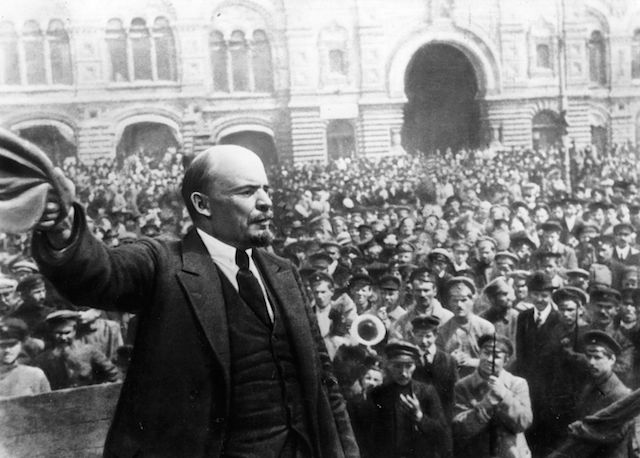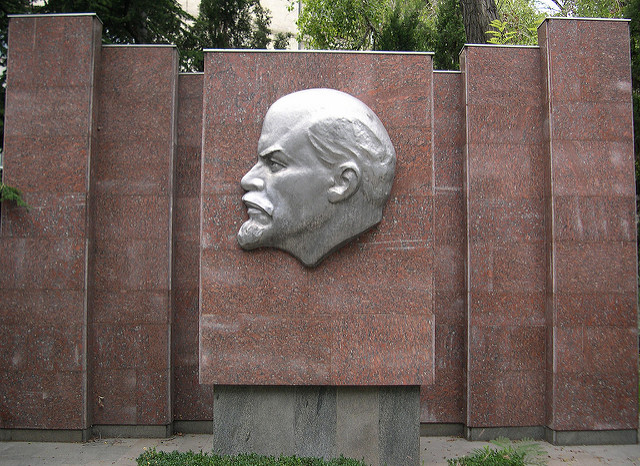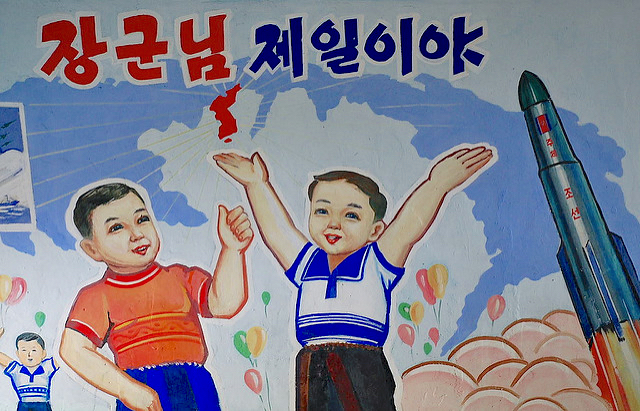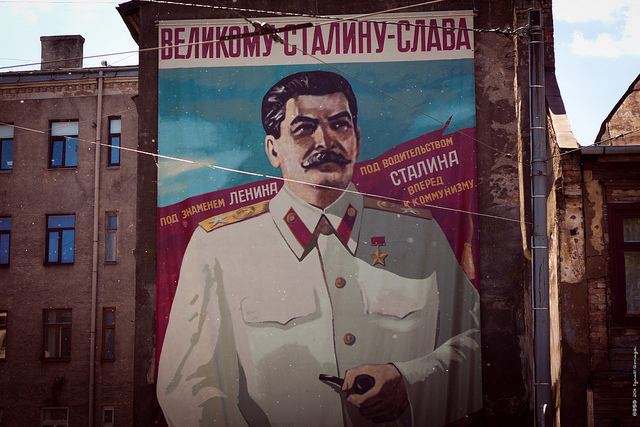Even at this late date, the influence of the Russian Revolution would be difficult to overstate. It was, in its most significant political contours, similar to the French Revolution a hundred and thirty years previously. Like its predecessor, it wrought far-reaching changes to the political formations of world politics and to the language used to describe them.
The French Revolution bequeathed to European society a language of individual liberty. It shaped the ideology of the ruling classes in exactly the same measure as it did the subaltern ones, constituting a spectre that haunted their dreams.
The Russian Revolution did the same for the concept of class, making a reality of both the political left and the rightm and the idea that the seeds of capitalism’s destruction lay hidden within it.
The question of the long-term viability of capitalism is particularly relevant now. The crisis tendencies of the system have been particularly evident in the last decade. Even though liberal capitalism has, for the moment, managed to stabilize itself into a circuit of low-growth persistence, the tendency of the system toward concentration of the wealth at the upper end of the income distribution, as well as to generating its own systemic turbulence have made the capacity of the system for self-maintenance an issue even for its most ardent defenders.
For these reasons and many more, the Russian Revolution is a worthy object of study. China Miéville’s October. As important as the topic is, the Russian Revolution has been made more opaque than necessary by the manner of its historical representation. Perhaps because of the contentious nature of its political status, histories of the revolution tend to be weighty both in style and dimensions. For those unfamiliar with Russian names and nomenclature, it can be a daunting task sorting through the narratives provided by professional historians.
Miéville, by contrast, has shown what a diligent student of affairs can produce when focusing on the narrative itself rather than on the historical minutiae (important as they certainly are). Miéville strips down the narrative to its essentials but also proves himself to be a master of detail, imbuing events like the march on the Winter Palace, or the internal debates of the Soviets with the narrative force of a spy thriller.
One is often reminded while reading Miéville’s text of the very best instances of the narrative historical genre. Miéville’s writing is no less compelling that that of William Manchester. Yet his style is more compact, compressing the story into digestible chunks rather than carrying the reader along in long, sweeping passages. One is, at times, also reminded of the historical/biographical writings of Stefan Zweig. If the Austrian feuilletonist was clearly otherwise politically inclined than Miéville (who makes no secret of his leftist orientation) he share with the latter a talent for biographical characterizations, as well as a propensity to include apposite and suitable wry marginal comments that give the narrative added flavor, but also added substance.
The story of the revolution is easy to lose in its myriad details. From the Mensheviks, Bolsheviks, Social Revolutionaries, anarchists, and Kadets, to the wide variety of reactionary forces (of which the Black Hundreds were only the most prominent) it can be difficult for the non-specialists to follows the varieties of political orientation and coloration of the various factions. In October, the views of the factions are related to particular events. Underlying it all is the commitment of radicalized workers, soldiers, and peasants to creating a political order superseding Tsarist hegemony.
At the center of the story is Lenin, the consummate political operator. Miéville effectively illustrates the ways the Lenin’s precise political calculations allowed him and the Bolsheviks to align themselves with the revolutionary factions in the streets. There is a temptation to overplay Lenin’s role, viewing him as a Fagan-esque figure shaping the politics of the workers and soldiers to fit his own designs.
At the other pole, Lenin can be seen as someone tailing behind the politics of the street, later to claim that he was already aligned to whatever arose from events. Neither is the case. Lenin had strongly held political views, and he was temperamentally allergic to compromise. But he was also a hard-nosed student of actual events. Lenin’s political mastery was his ability to shape a coherent line to fit actually existing conditions. In this, he showed himself far superior to his political rivals both within the party and outside it.
While relating the many ways that movements and social forces influenced the course of events, Miéville is appropriately sensitive to the roles chance and individual initiative. This, his account of the counterrevolutionary machinations of the army, fomented during the summer by General Kornilov takes appropriate account of the bungling interventions of the liberal politician Vladimir Lvov who, in his desire to constitute a liberal, army-backed government ended up compromising Kornilov’s plan for a coup. Miéville is also not disinclined to call a fool a fool when the situation warrants.
There is a space and a need for narrative history of this sort, especially on the left where scholarly rigor is seen as being a necessary antidote to the obsessive and dismissive criticisms of those further to the right.
This is not to say that October lacks rigor. It is first and foremost a compelling and moving account one of the most crucial events of the twentieth century. Miéville provides a useful and thorough annotated bibliography for those wishing to approach the topic at a finer level of granularity. But his book is meant to render events with a broad brush in a way that will be interesting to the specialist and entertaining to those coming to the topic for the very first time.
Photograph courtesy of gallerythip.com. Published under a Creative Commons license.





